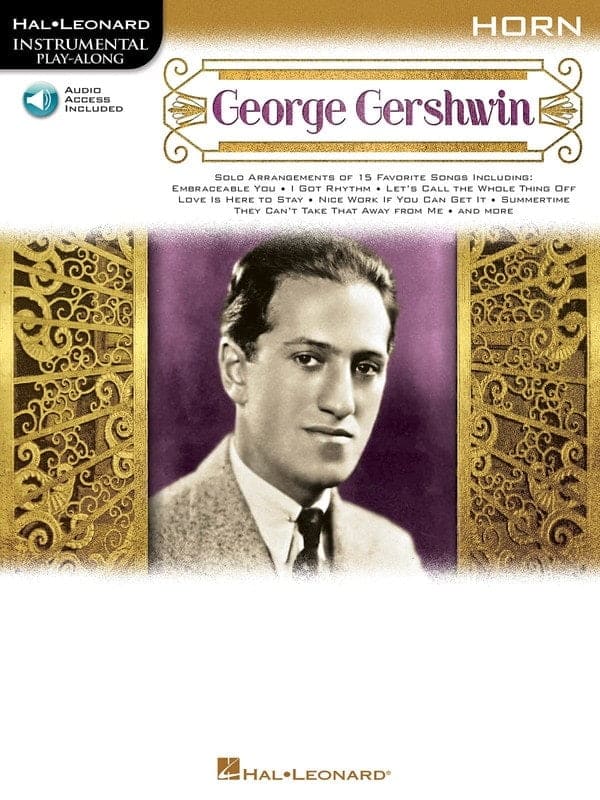

In 1924 Gershwin was commissioned by conductor Paul Whiteman to compose a unique symphonic jazz piece for his band. Welte & Sons, Inc., of New York City, the inventor and first producer of reproducing pianos.

His 1916 novelty rag "Rialto Ripples" was a commercial success, and in 1918 he scored his first big national hit with his song "Swanee." In 1916 he also recorded 14 piano rolls, including six pieces of his own compositions for the Welte-Mignon of M. This experience honed his ability to determine what music could be successful or not. He was thus exposed to the many songs and compositions that were submitted to be published. His first job as a performer was as a "piano pounder" or rehearsal pianist for Remick's, a publishing company on Tin Pan Alley in New York City. George later studied with classical composer Rubin Goldmark and avant-garde composer-theorist Henry Cowell. Hambitzer taught George conventional piano technique, introduced him to music of the European classical tradition, and encouraged him to attend orchestral concerts. He tried out various piano teachers for two years, and then was introduced to Charles Hambitzer, who acted as George's mentor until his death in 1918. His ability to play "by ear" earned him early piano lessons. George would hear new songs at school and on the radio and then try to duplicate the various melodies and harmonies that he heard at his home on the piano. In 1910, the Gershwins acquired a piano for Ira's music lessons, but younger brother George developed a greater affinity for the keyboard and soon took over the instrument and the lessons. In the end, Gershwin reunited two sides of the composer's job that should never have been separated to begin with, and he came as close as any composer of the day.to the all-devouring, high-low art of Mozart and Verdi." As music journalist Alex Ross notes, Porgy and Bess performed the monumental feat of reconciling the rigidity of Western notated music with the African-American principle of improvised variation. Gershwin's "grand jazz opera" Porgy and Bess is arguably the finest example of the synthesis of Jazz and Classical idioms. Unlike so many of the artistic elite, he never lost sight of the importance of familial values and placed them at the core of much of his music. Gershwin's music exudes the power of spring-like hope.

The very greatest singers and musicians have recorded Gershwin songs, most notably Frank Sinatra, Billie Holiday, Miles Davis, John Coltrane, Herbie Hancock and countless others.

Many of his compositions have been used in cinema, and are recognized jazz standards the jazz singer Ella Fitzgerald recorded many of the Gershwins’ songs on her 1959 Gershwin Songbook (arranged by Nelson Riddle). He also wrote popular songs with success. Gershwin composed both for Broadway and for the classical concert hall. He was born Jacob Gershowitz in Brooklyn, New York to Russian Jewish immigrant parents and wrote most of his works together with his elder brother lyricist Ira Gershwin. Integrating and harmonizing the profound elements of classical music stylism and the robust sounds of American jazz, Gershwin created a musical style that elevated the life and ideals of the common man to the venues of the elite concert stage, made the music of jazz acceptable to the realms of classical followers, and initiated American music into the concert repertoire. George Gershwin (Septem– July 11, 1937), one of America's most well-known composers and pianists, used a working man's music to influence the kings and queens of Broadway and Hollywood.


 0 kommentar(er)
0 kommentar(er)
